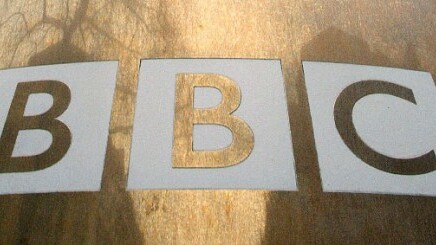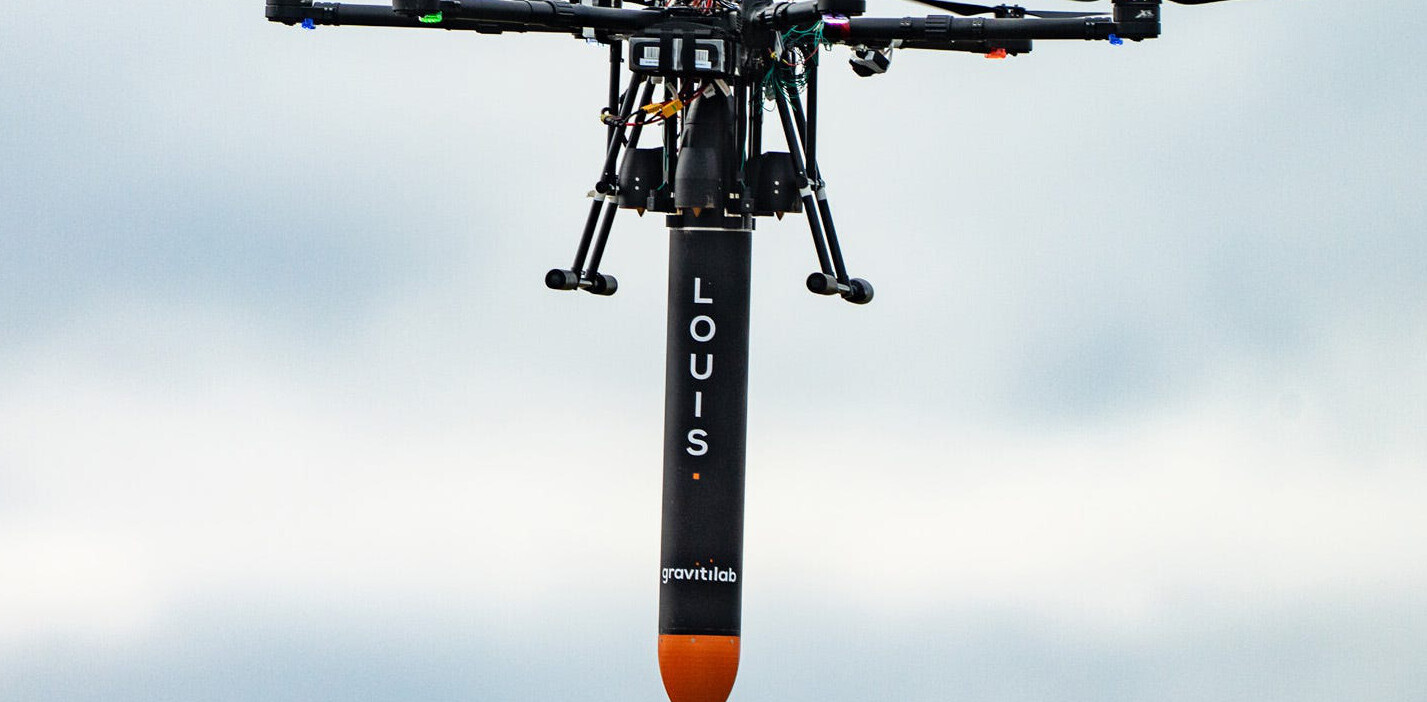
There’s been a few big developments on the BBC iPlayer front this year. Back in February, dedicated apps for iPad and Android were announced, whilst just last week, a new global iPlayer app for iPads was launched in eleven countries.
And as we reported earlier, a new TV-friendly version of iPlayer is launched today for the Sony PlayStation 3, with further platforms planned in the months ahead.
The Next Web caught up with Daniel Danker, BBC’s General Manager, Programmes & On Demand, and it seems all this activity of late is part of a much grander plan, which is to take the iPlayer beyond the tech-savvy, beyond catch-up and beyond the PC. It seems the goal is to embed iPlayer deeply within the mainstream.
Making iPlayer mainstream
Now, you may think that the iPlayer is already part of the mainstream, and some stats that Danker shared with us would suggest you’re right.
The BBC iPlayer iPad app is set to hit 1m downloads this month, whilst there have been well over 300,000 downloads already for the Android app. And BBC iPlayer programme requests on connected TVs increased more than five-fold from December 2010-July 2011, growing from 579,000 to 3.1 million requests in July.
Furthermore, there have been 1.7bn programme views on iPlayer in the past 12 months, whilst there were 8m weekly viewers in the UK last month. When you put all these stats together, the iPlayer seems pretty mainstream already.
But 8m weekly viewers amounts to a mere 21% of the UK’s online population. With that in mind, Danker said: “Our ambition at the BBC is to reach all license-fee payers.”
So the BBC might not be firmly embedded in the mainstream yet, but it’s certainly well on its way. In June 2008, 18% of iPlayer usage was women, 82% men – the early adopters, and techies. Three years later, it’s almost an even split, with 48% women and 52% men. “The demographics are evolving”, says Danker. “And you can see the beginnings of iPlayer becoming a mainstream product.”
To take this a step further, we can expect to see some key developments made to iPlayer over the next year.
Beyond the tech savvy
As it stands, there are multiple programme-related destinations on the BBC:
• /iPlayer
• /programmes
• /channel
• /genre
• /archive
“We want to bring all these destinations together into a single destination”, says Danker. “It will still be called iPlayer, but from an audience perspective today, you have to go to each of these different destinations and you get a slightly different experience.”
Whilst no time frame was given for this integration to take place, it should be some time within the next year.
Beyond Catch-up
At the moment, 15% of iPlayer use involves watching live TV. This already indicates that iPlayer is more than a platform for catching up on TV shows, and this is something the BBC will be building on through other means.
If, for example, you watch an episode in a TV series through a recommendation, and you then want to backtrack and watch an earlier episode in the series, Series Stacking will let you do just that. Then there’s the Collections feature. This has been discussed before in the BBC’s online strategy, and it means some older programming will start to surface on iPlayer – the full of extent of this, and the time frame in which it will happen, isn’t set yet, but it seems it will start pretty soon. “Collections will be themed and curated”, says Danker. “This will also redefine iPlayer – it isn’t catch-up, it isn’t the last seven days.”
You’ll also note that this is similar to the Global iPlayer, which is pretty much entirely archive content.
Beyond the PC
In July 2011, 107m requests for programmes were made on a PC, but as Danker noted, a PC isn’t the most natural place to watch television: “If you had to choose, it would be a TV. I think, by 2015, over 50% of iPlayer will be watched on a TV screen. It’s the natural habitat for TV programmes, so we shouldn’t be too surprised by that.”
But let’s not forget the role of mobile devices either. There has been a 46% growth in iPlayer use on mobile since December. By 2015, smartphones will have a 70% penetration in the mobile market, meaning that this will grow as a platform for watching television too.
As we’ve noted already, the iPad will reach 1m downloads this month, and 74% of iPads in the UK are being used to watch TV, whilst a third are being used to watch live TV.
“We are the only public service broadcaster in the UK with an iPad app that delivers live TV”, says Danker. “So, we like to think that one-third is coming to the BBC.”
But here’s the really interesting part. The peak time for linear TV – where the viewer has to watch a scheduled TV program at a particular time – is 8pm in the UK. The peak time for iPlayer has always been around several hours after. “You watch what you want to watch on TV, and then you go to iPlayer and catch up on what you missed”, says Danker.
But with the iPad, and tablets in general, this is changing. It seems that the peak viewing time for iPlayer on the iPad is moving closer to linear TV. In short, people are using tablets as TVs.
Get the TNW newsletter
Get the most important tech news in your inbox each week.





